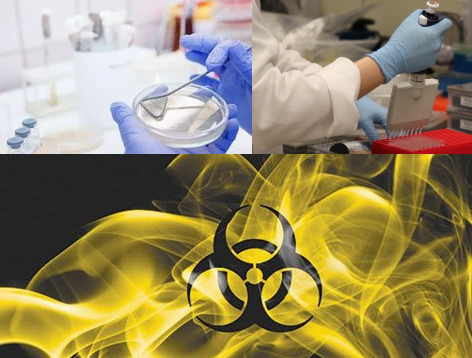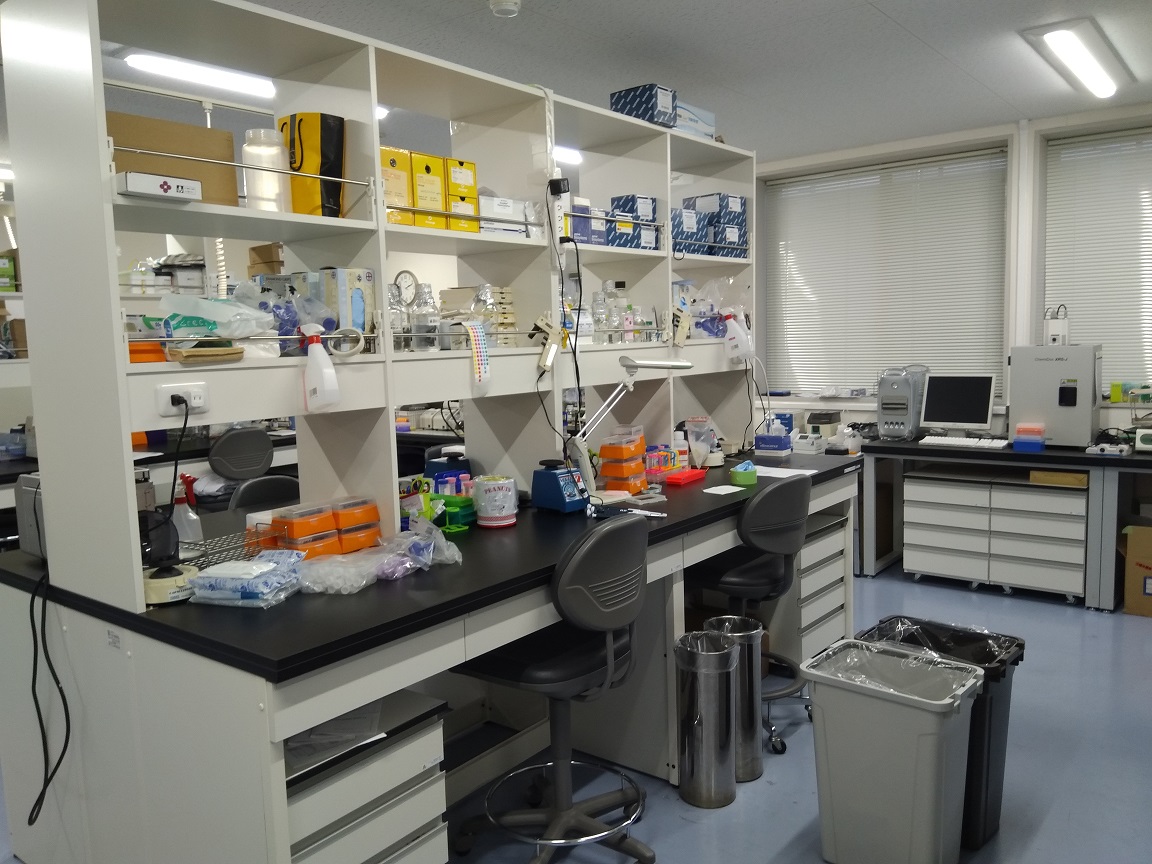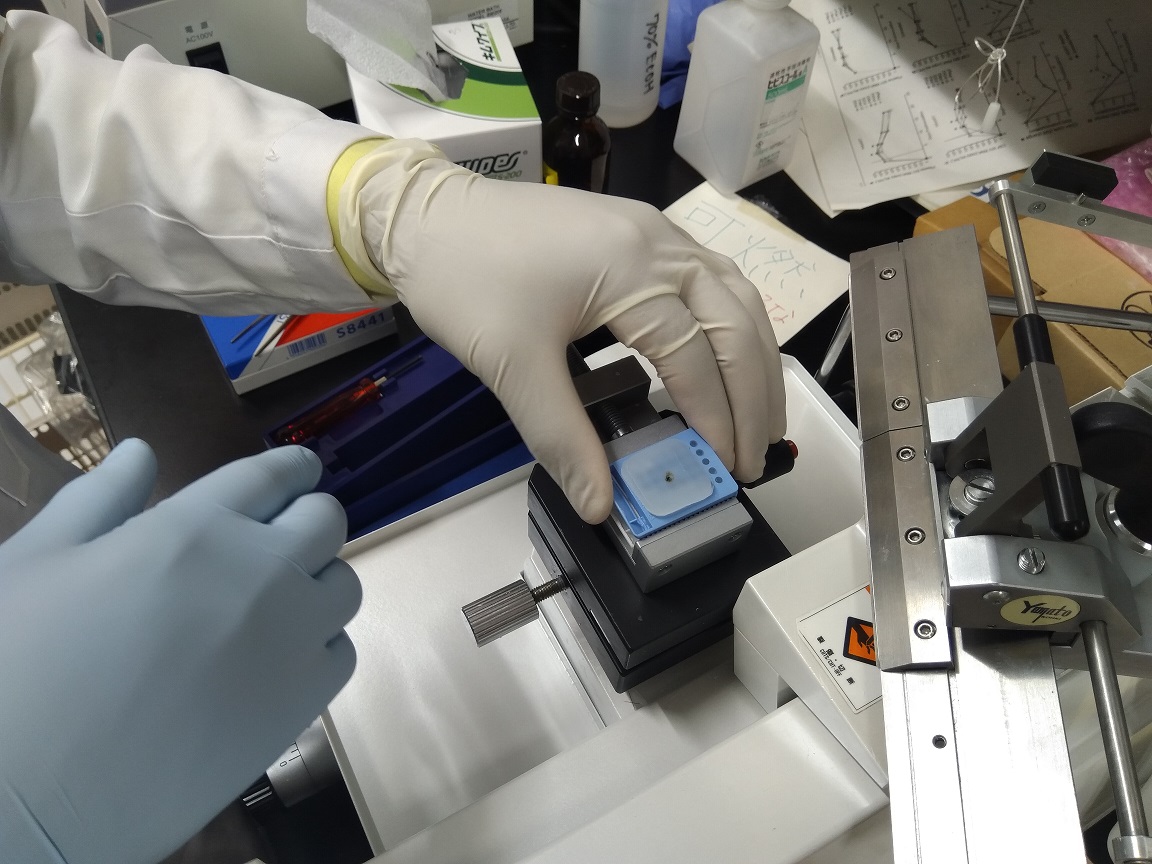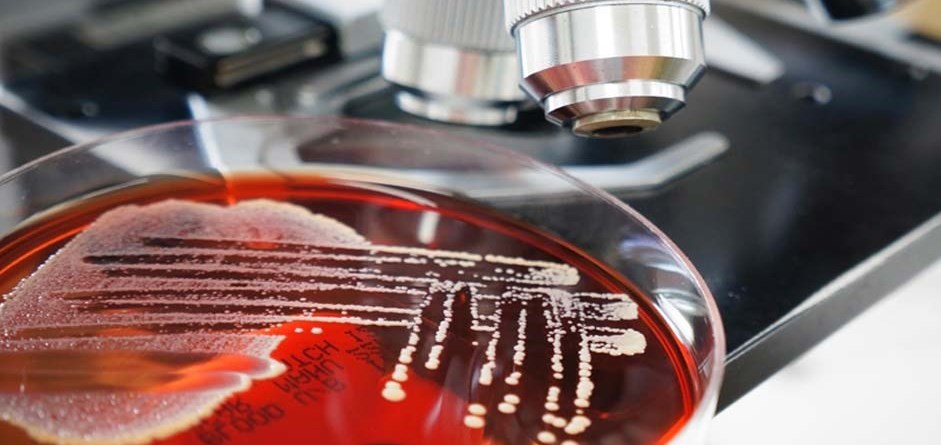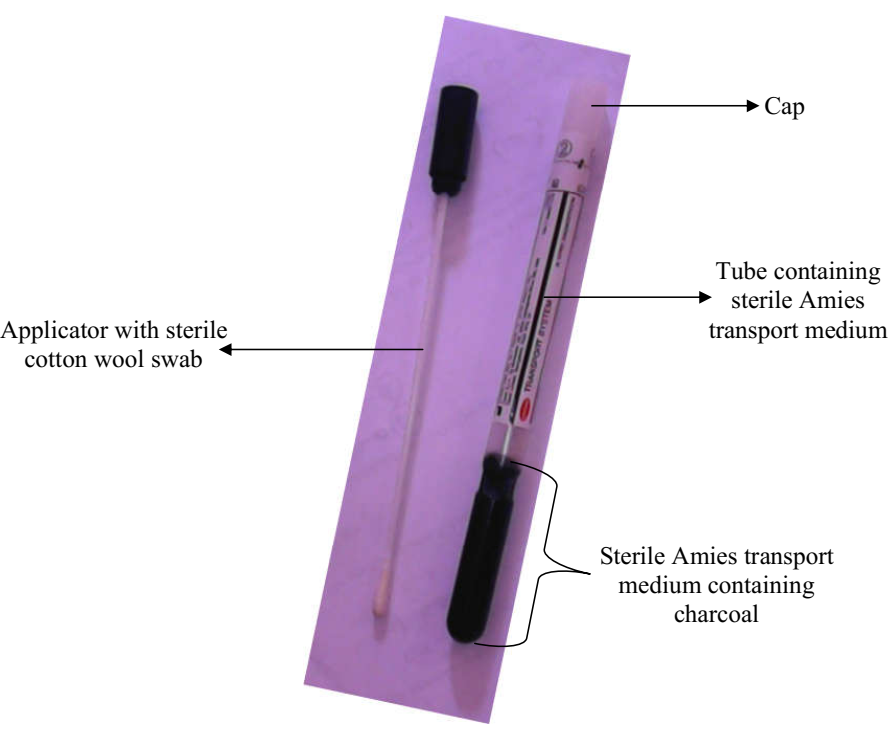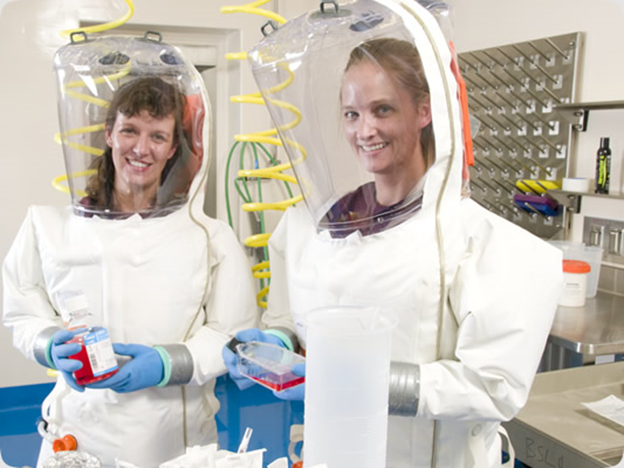The great majority of microorganisms are beneficial to man, plants, animals and the environment. These […]
Category: Laboratory Biosafety
The 3 Rs (Reduction, Refinement, Replacement): Guiding Principles in the Use of Animals For Biomedical/Scientific Research
The use of laboratory animals including mice, rats, rabbits and primates for scientific/biomedical research is […]
RATIONALE FOR THE CONTINUED USE OF ANIMALS FOR RESEARCH
Animals including (primates, dogs, cats, rabbits, mice) are still being used to conduct scientific/biomedical research […]
Issues Surrounding the Use of Animals in Scientific Research
Animals such as mice, rats, rabbits, monkeys and primates are used in biomedical research to […]
Collection and processing of various clinical samples in the microbiology lab
COLLECTION OF SPUTUM Sputum specimens are collected from patient’s suspected to have respiratory disorders example […]
Specimen Collection in Microbiology Lab
The sample collection unit is one of the most important units in the clinical microbiology […]
GOOD LABORATORY PRACTICE (GLP)
Good laboratory practice (GLP) is simply defined as a laboratory quality measure or protocol that […]
CLASSIFICATION OF MICROORGANISMS BASED ON HAZARDS AND LABORATORY
Pathogenic microorganisms inclusive of viruses, bacteria, and fungi portends health challenges to the general public […]
Microbiological Risk Assessment
Microbiological risk assessment (MRA) is a structured process that is used for determining the public health […]


